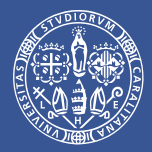Introduction to University of Cagliari
The University of Cagliari is located in Cagliari, the capital of Sardinia, Italy. It is one of the oldest universities in Italy and one of the oldest universities in Europe. It was founded in 1606. Its predecessor was Studium Generalis Kalari Tanum, which is as famous as the University of Salamanca, the University of Valladolid and the University of Lleida in Spain.
Overview
Number of students: about 36,000 registered students.
Number of faculty and staff: more than 1,200 teachers and about 1,300 teaching management staff.
History
The University of Cagliari was founded in 1606, but it was not officially put into operation until 1620 under the authorization of King Philip III of Spain.
In the 18th century, during the rule of the Sardinian royal family, the college gradually expanded and the status of the university was emphasized. The new university building designed by the Piedmontese engineer Saverio Belgrano di Famolasco was completed at the end of the 18th century.
From the 19th century to the 20th century, the University of Cagliari was officially established. In the 1960s, the university designed an important plan to build an English-style university with a residential area. The new campus is located in the suburbs of Monserrato and covers an area of 73 hectares.
Foundation time
Founded in 1606 and officially operated in 1620.
School strength
Faculty: There are more than 1,200 teachers and more than 1,300 teaching management personnel, including well-known scholars in various fields such as Corrado Gini and Nicola Abbagnano.
Scientific research level: The teaching and scientific research results have won many awards, and have important international achievements in medicine, physics, chemistry, biology, archaeology and other fields. Its research results are widely cited and referenced.
International cooperation: Actively carry out international cooperation, and have signed cooperation agreements with many universities in Europe and around the world, providing students with rich international exchange opportunities, such as the Tree and Human Knot Cooperation, creating international opportunities for students.
Institutional nature
Public research university.
Educational philosophy
Focus on academic research and teaching quality, committed to cultivating professionals with innovative spirit and practical ability, promoting scientific research and international exchanges and cooperation, and providing students with high-quality education and training to meet the needs of social and economic development.
Key laboratories and disciplines
Key laboratories: It has the Florence-Sarini Laboratory, Fosque Laboratory, etc. The Florence-Sarini Laboratory was built in 1785 and designed by George Mattrich; the Fosque Laboratory was built in 1775 and officially named in 1809. The walls of its classrooms are carved with statues of great figures trained in various majors.
Advantageous disciplines: Medicine, physics, chemistry, biology, archaeology, economics, law, engineering, architecture, humanities and other disciplines are strong, and have trained many well-known scholars and Nobel Prize winners, such as Camillo Gorky, winner of the 1906 Nobel Prize in Medicine, Giulio Natta, winner of the Nobel Prize in Chemistry, and Carlo Rubbia, winner of the Nobel Prize in Physics.
Faculty
The school has 11 colleges, including the School of Economics, Law and Political Sciences, the School of Humanities, the School of Engineering and Architecture, the School of Medicine and Surgery, the School of Biology and Pharmacy, the School of Sciences, the School of Education, the School of Languages and Literature, the School of Mathematics, Physics and Natural Sciences, the School of Psychology, and the School of Sports and Exercise Sciences.
Ranking
U.S. News World University Ranking: 684 in 2023 .
ARWU World University Academic Ranking: 801 in 2022.
Expenses
Tuition fees: As a public university, undergraduate tuition fees are free, and a small registration fee is required each year, which is about 1000-2000 euros. The specific amount varies depending on the major and course.
Other expenses: including accommodation fees, living expenses, etc. The cost of living in Cagliari is relatively low. The monthly living expenses of students are about 800-1000 euros, but the specific expenses vary from person to person, depending on personal lifestyle and consumption habits.
Campus Environment
Geographic location: The main campus is located in Cagliari. In addition, there are campuses in Monserrato, Iglesias, Nuoro and Oristano. The Monserrato campus is a suburban campus, and the Iglesias, Nuoro and Oristano campuses are rural campuses.
Teaching facilities: The campus is equipped with modern teaching facilities, such as libraries and laboratories, to meet the learning and research needs of students. Each department is also equipped with corresponding professional teaching equipment and facilities according to its own professional characteristics to provide students with opportunities for practice and experiments.
Natural environment: Cagliari is a beautiful coastal city with golden beaches, blue waters and warm climate, providing students with a good learning and living environment.
-
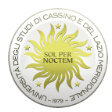
University of Cassino and Southern Lazio
-

University of Campania Luigi Vanvitelli
-
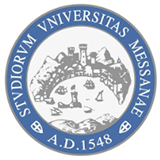
University of Messina
-
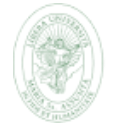
Libera Universita degli Studi Maria SS. Assunta di Roma (LUMSA)
-
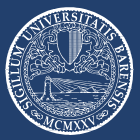
University of Bari Aldo Moro
-
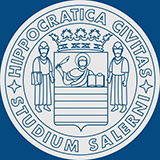
University of Salerno
-
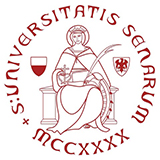
University of Siena
-

University of Ferrara
-

Campus Bio-Medico University of Rome
-

University of Genoa
-

Mesoamerican University
-

Istmo University
-
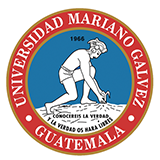
Mariano Galvez University of Guatemala
-
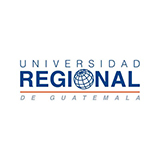
Regional University of Guatemala
-
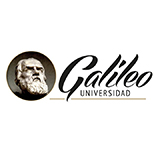
Galileo University
-
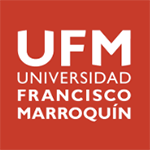
Francisco Marroquín University
-

Rafael Landívar University
-
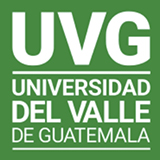
University of the Valley of Guatemala
-
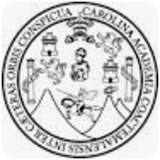
University of San Carlos of Guatemala
-

Technological Institute of Tlaxcala Plateau
-

Golfo University
-
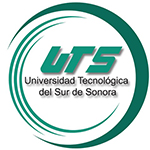
Technological University of South Sonora
-
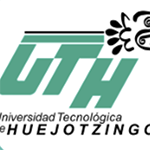
Technological University of Huejotzingo
-
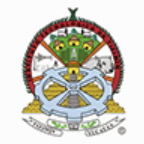
Tizimín Institute of Technology
-
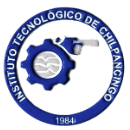
Chilpancingo Institute of Technology

